Miyagawa Chōshun (1683-1753)A rare and important nanshoku (male-male) shunga handscroll Edo period (1615-1868), early 18th century In ink and colors on silk, depicting ten scenes of lovemaking, each between an older man and a younger samurai dressed in female apparel and with a female hairstyle, five of them with a third person present (respectively, another young man playing a shamisen; a young male servant with a tray of smoking utensils; a second naked younger man who embraces the older man as he penetrates his other partner from behind; a female voyeur who observes the couple from behind a screen; and a fully-clothed young samurai who stands over the couple as they relax under a futon [quilt] after intercourse), the fifth to ninth scenes more explicit than the others; signed in two places: once on a screen forming part of the penultimate scene Hishikawa Chōshun hitsu (brushed by Hishikawa Chōshun) with an abbreviated seal and a second time at the end of the scroll Hishikawa Chōshun hitsu with seals Chōshun no in (seal of Chōshun) and Hishikawa-shi no in (seal of Hishikawa) 10 3/4 x 137 3/8 in. (27.2 x 340 cm.)FootnotesPublished Richard Lane Images from the Floating World: The Japanese Print, Secaucus NJ, Chartwell Books, 1978, pp.89-90 and plate 83; the second of the ten scenes shown here, captioned "Rake with Catamites. Detail from a handscroll in colors on silk, ca. early 1700s (late Genroku Period). Signature (at end of scroll) Hishikawa [not Miyagawa] Chōshun hitsu, with seals." Tsuneo Watanabe and Jun'ichi Iwata (D.R. Roberts trans.), The Love of the Samurai: A Thousand Years of Japanese Homosexuality, London, GMP, 1989, cover and pp. 137-145; a note on p.11 states that "This is the first time that these magnificent works have been published 'uncensored', by courtesy of Dr. Richard Lane " As noted by Professor Timon Screech, it would appear that during the Edo period (1615-1868), "'heterosexual' and 'homosexual' were not fixed distinct human types, rather they were understood as activities." This was perhaps especially true during the earlier part of the period, as depicted in the fiction of Ihara Saikaku whose famous novel Koshoku ichidai otoko (Life of a Sex-Mad Man), published in 1682 (not long before the likely date of this painting), describes the activity of the hero Yonosuke who "... sleeps with 3,752 women and 725 men (not including the uncounted men with whom he had affairs before he reached adulthood)." Screech observes that just like the fictional Yonosuke, many prominent real-life figures of the time, including not only shoguns and their courtiers but also cultural superstars such as the haiku poet Basho "... routinely slept with other men, as well as (in most cases) with women" (Timon Screech, Sex and the Floating World: Erotic Images in Japan, 1700-1820, second edition, London, Reaktion Books, 2009, pp. 93-94). Despite this seeming acceptance of male-male coupling, painted images of erotic encounters between males are exceptionally rare in Japanese art, even during the Edo period. Those paintings that have survived, mostly from the decades around 1700, generally depict sex between "a mature man who is the active partner and a youth who receives his favours," and this same tendency is seen in later woodblock-printed male-sex manuals such as Nanshoku hana no sugao (Male Love: Actors Without their Make-Up), from the later eighteenth century, where again "... the older man invariably [takes] the active role in all sexual encounters and the younger man the passive role" (Timothy Clark, Shunga: Sex and Pleasure in Japanese Art, London, British Museum, 2013, pp. 20-21 and 443). The present scroll fits broadly within this paradigm although there is one scene (the fourth, featuring an abandoned game of go) where the first move is apparently made by the effeminately dressed wakashu (young man), another where the younger man attends to the coiffure of his sleeping partner using a pair of tweezers, and a threesome
Miyagawa Chōshun (1683-1753)A rare and important nanshoku (male-male) shunga handscroll Edo period (1615-1868), early 18th century In ink and colors on silk, depicting ten scenes of lovemaking, each between an older man and a younger samurai dressed in female apparel and with a female hairstyle, five of them with a third person present (respectively, another young man playing a shamisen; a young male servant with a tray of smoking utensils; a second naked younger man who embraces the older man as he penetrates his other partner from behind; a female voyeur who observes the couple from behind a screen; and a fully-clothed young samurai who stands over the couple as they relax under a futon [quilt] after intercourse), the fifth to ninth scenes more explicit than the others; signed in two places: once on a screen forming part of the penultimate scene Hishikawa Chōshun hitsu (brushed by Hishikawa Chōshun) with an abbreviated seal and a second time at the end of the scroll Hishikawa Chōshun hitsu with seals Chōshun no in (seal of Chōshun) and Hishikawa-shi no in (seal of Hishikawa) 10 3/4 x 137 3/8 in. (27.2 x 340 cm.)FootnotesPublished Richard Lane Images from the Floating World: The Japanese Print, Secaucus NJ, Chartwell Books, 1978, pp.89-90 and plate 83; the second of the ten scenes shown here, captioned "Rake with Catamites. Detail from a handscroll in colors on silk, ca. early 1700s (late Genroku Period). Signature (at end of scroll) Hishikawa [not Miyagawa] Chōshun hitsu, with seals." Tsuneo Watanabe and Jun'ichi Iwata (D.R. Roberts trans.), The Love of the Samurai: A Thousand Years of Japanese Homosexuality, London, GMP, 1989, cover and pp. 137-145; a note on p.11 states that "This is the first time that these magnificent works have been published 'uncensored', by courtesy of Dr. Richard Lane " As noted by Professor Timon Screech, it would appear that during the Edo period (1615-1868), "'heterosexual' and 'homosexual' were not fixed distinct human types, rather they were understood as activities." This was perhaps especially true during the earlier part of the period, as depicted in the fiction of Ihara Saikaku whose famous novel Koshoku ichidai otoko (Life of a Sex-Mad Man), published in 1682 (not long before the likely date of this painting), describes the activity of the hero Yonosuke who "... sleeps with 3,752 women and 725 men (not including the uncounted men with whom he had affairs before he reached adulthood)." Screech observes that just like the fictional Yonosuke, many prominent real-life figures of the time, including not only shoguns and their courtiers but also cultural superstars such as the haiku poet Basho "... routinely slept with other men, as well as (in most cases) with women" (Timon Screech, Sex and the Floating World: Erotic Images in Japan, 1700-1820, second edition, London, Reaktion Books, 2009, pp. 93-94). Despite this seeming acceptance of male-male coupling, painted images of erotic encounters between males are exceptionally rare in Japanese art, even during the Edo period. Those paintings that have survived, mostly from the decades around 1700, generally depict sex between "a mature man who is the active partner and a youth who receives his favours," and this same tendency is seen in later woodblock-printed male-sex manuals such as Nanshoku hana no sugao (Male Love: Actors Without their Make-Up), from the later eighteenth century, where again "... the older man invariably [takes] the active role in all sexual encounters and the younger man the passive role" (Timothy Clark, Shunga: Sex and Pleasure in Japanese Art, London, British Museum, 2013, pp. 20-21 and 443). The present scroll fits broadly within this paradigm although there is one scene (the fourth, featuring an abandoned game of go) where the first move is apparently made by the effeminately dressed wakashu (young man), another where the younger man attends to the coiffure of his sleeping partner using a pair of tweezers, and a threesome

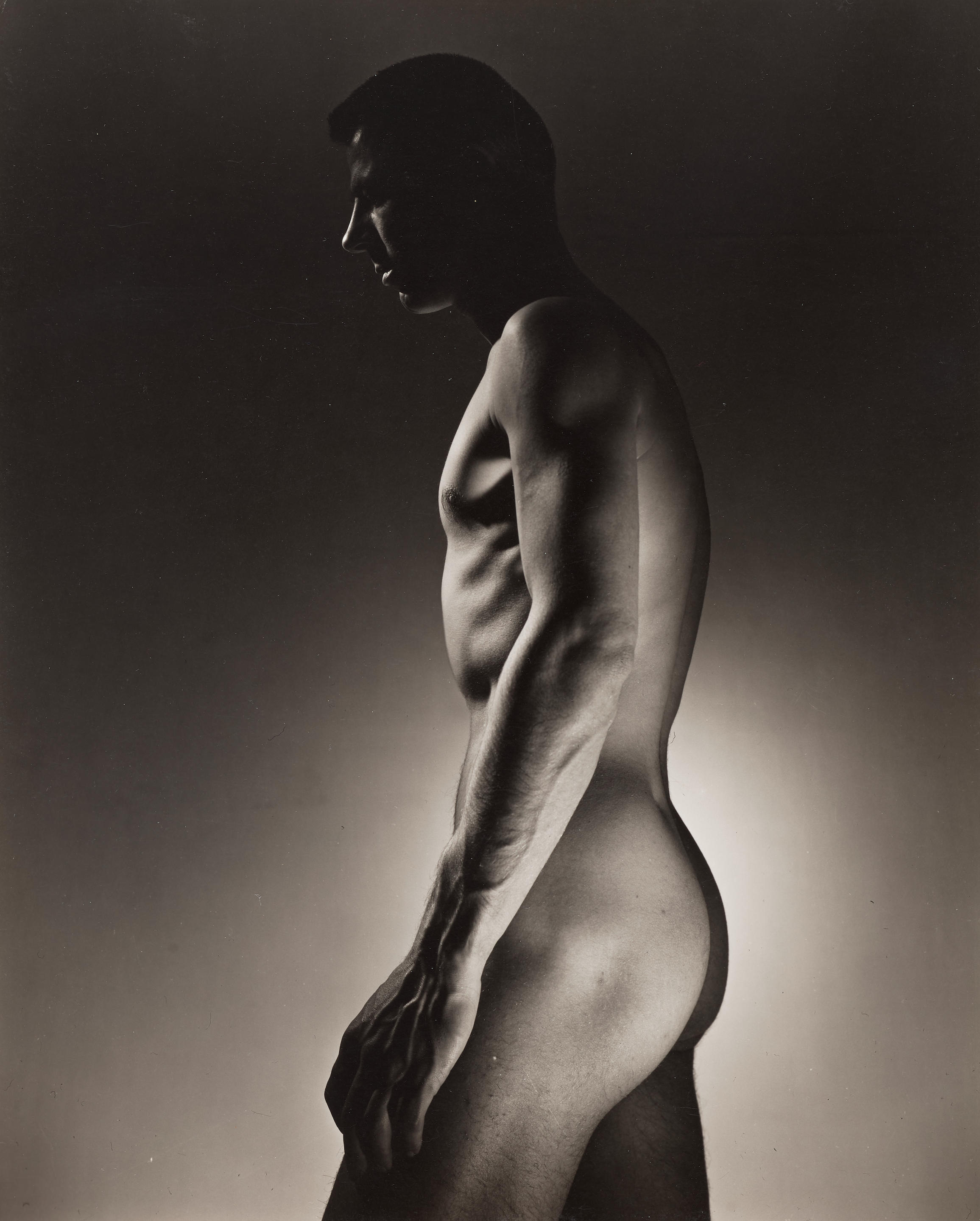
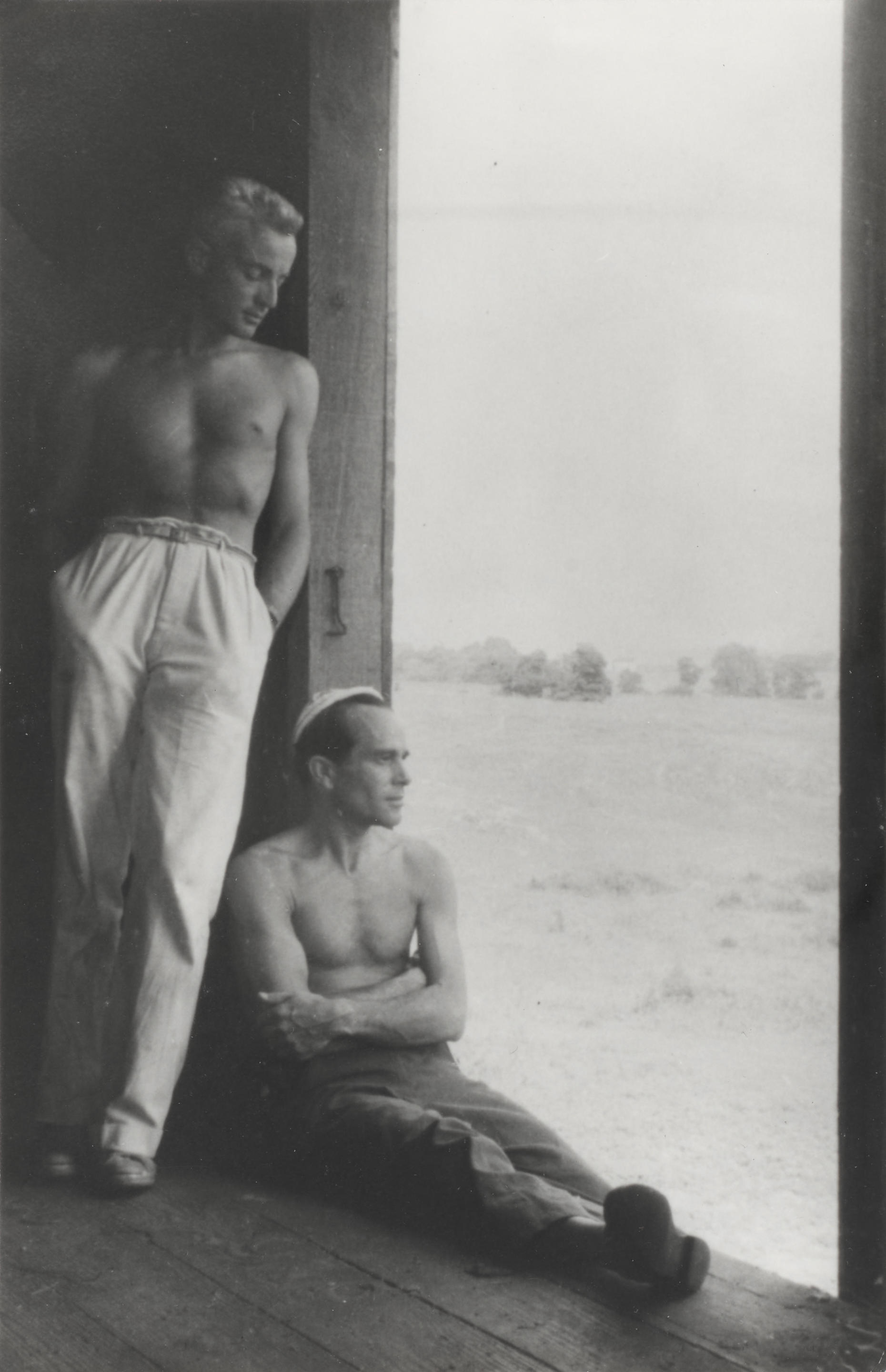
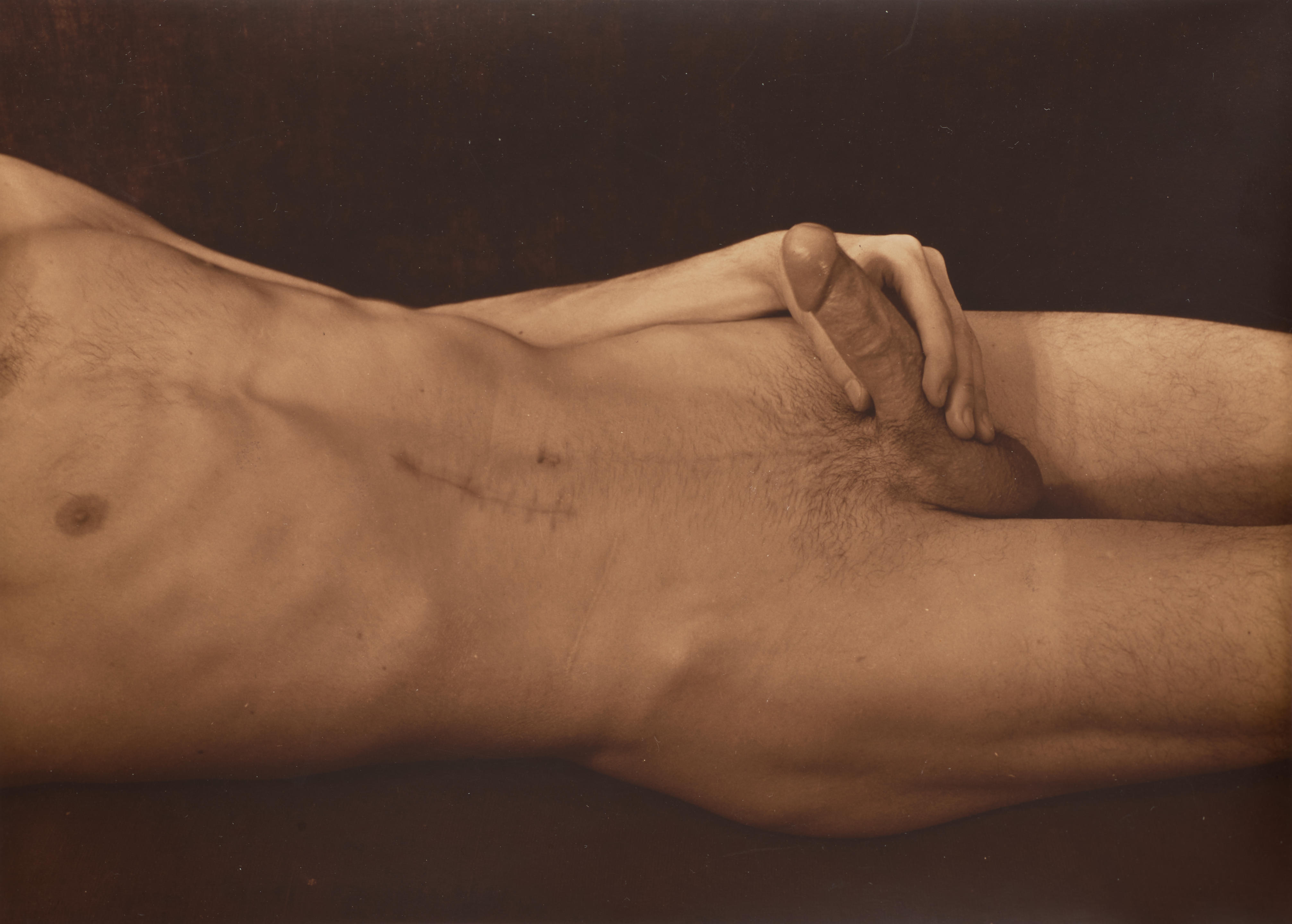
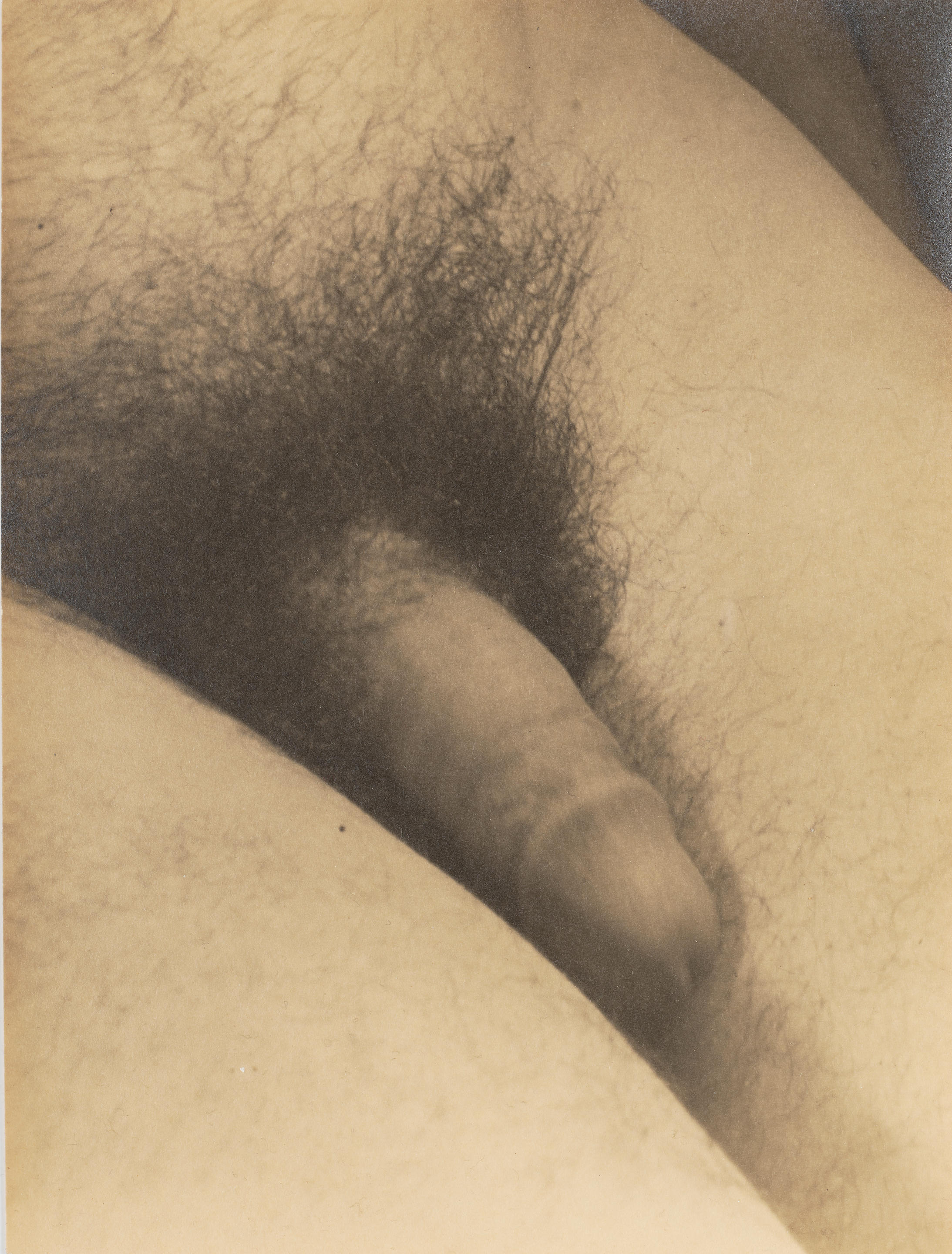

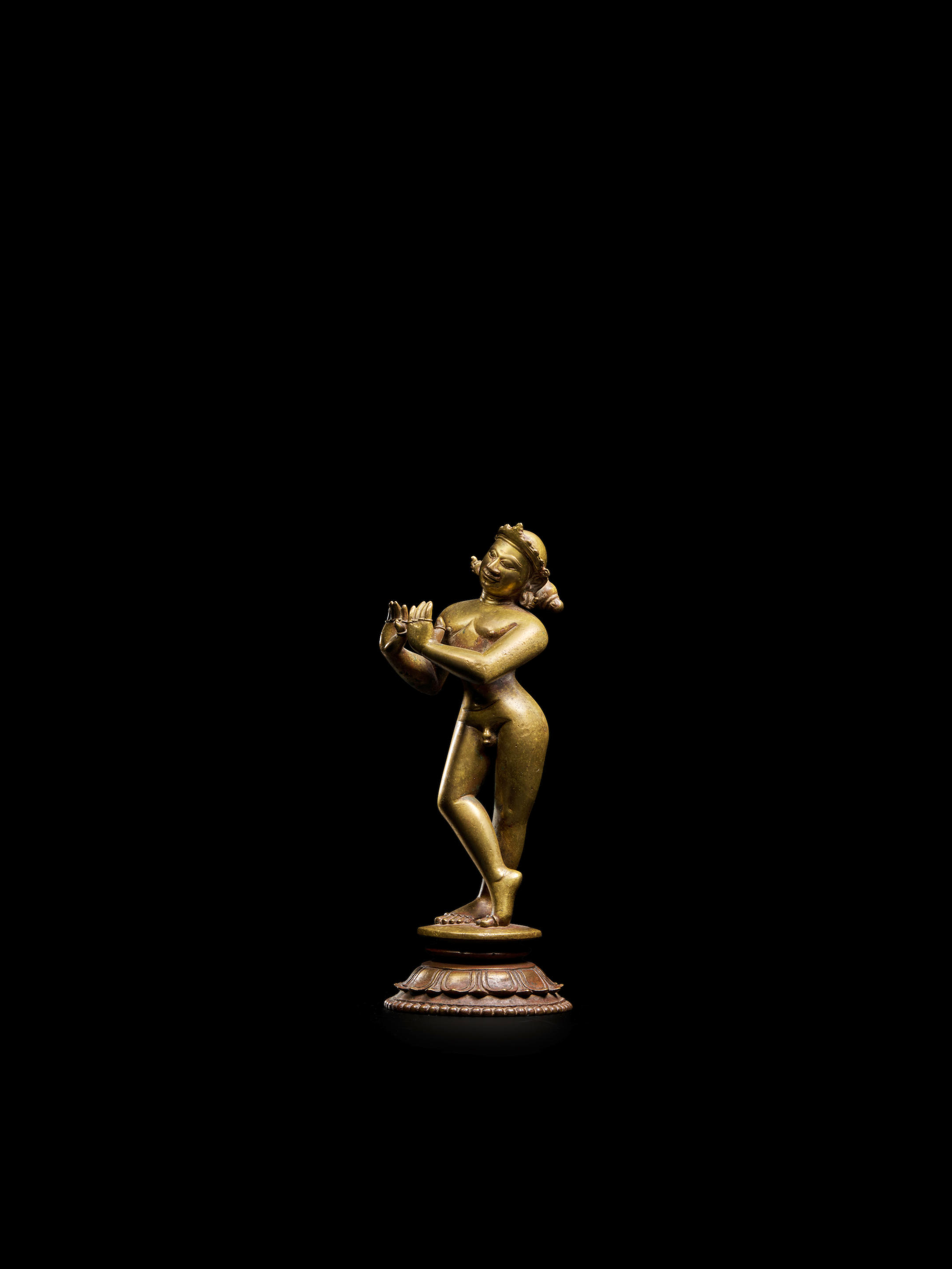
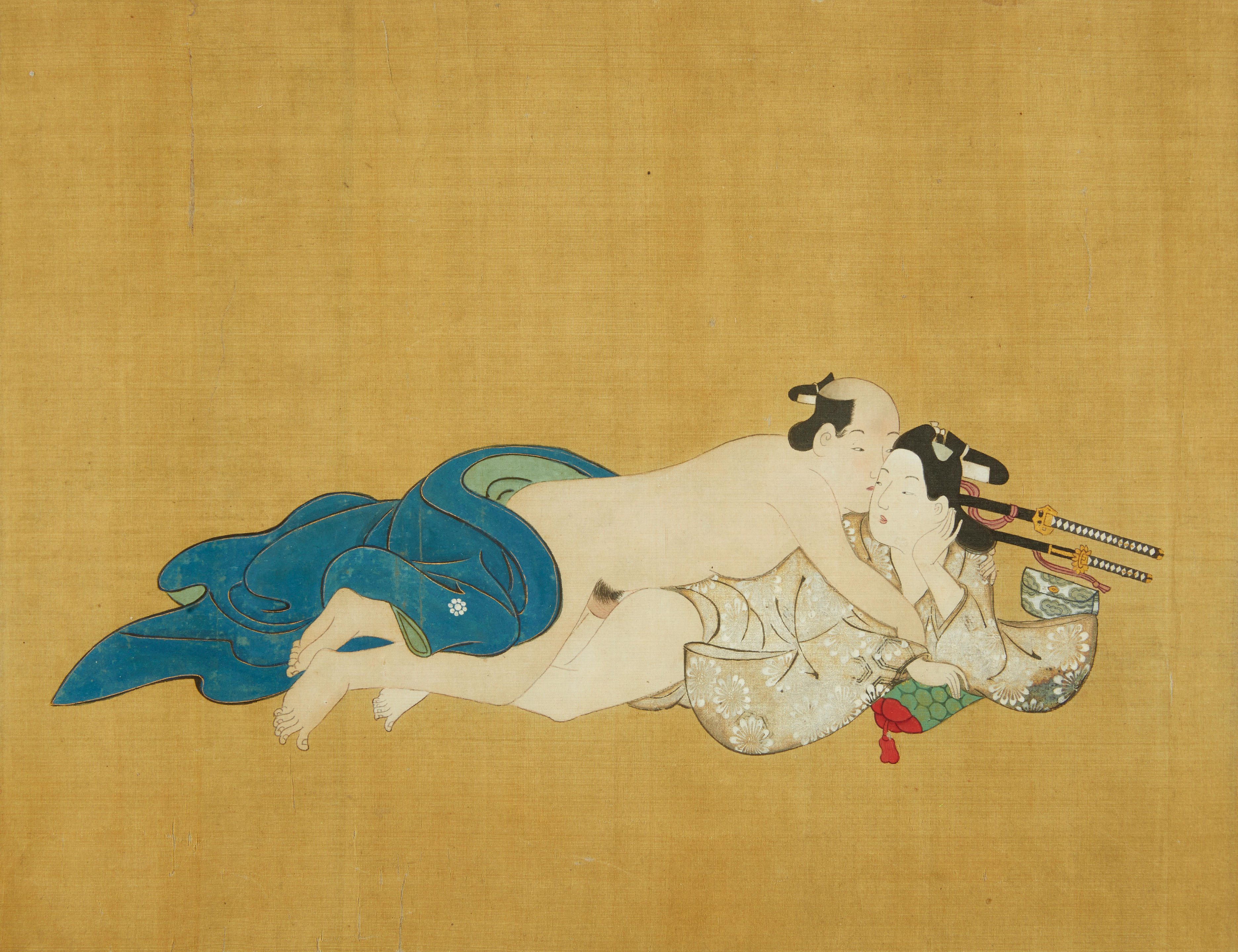
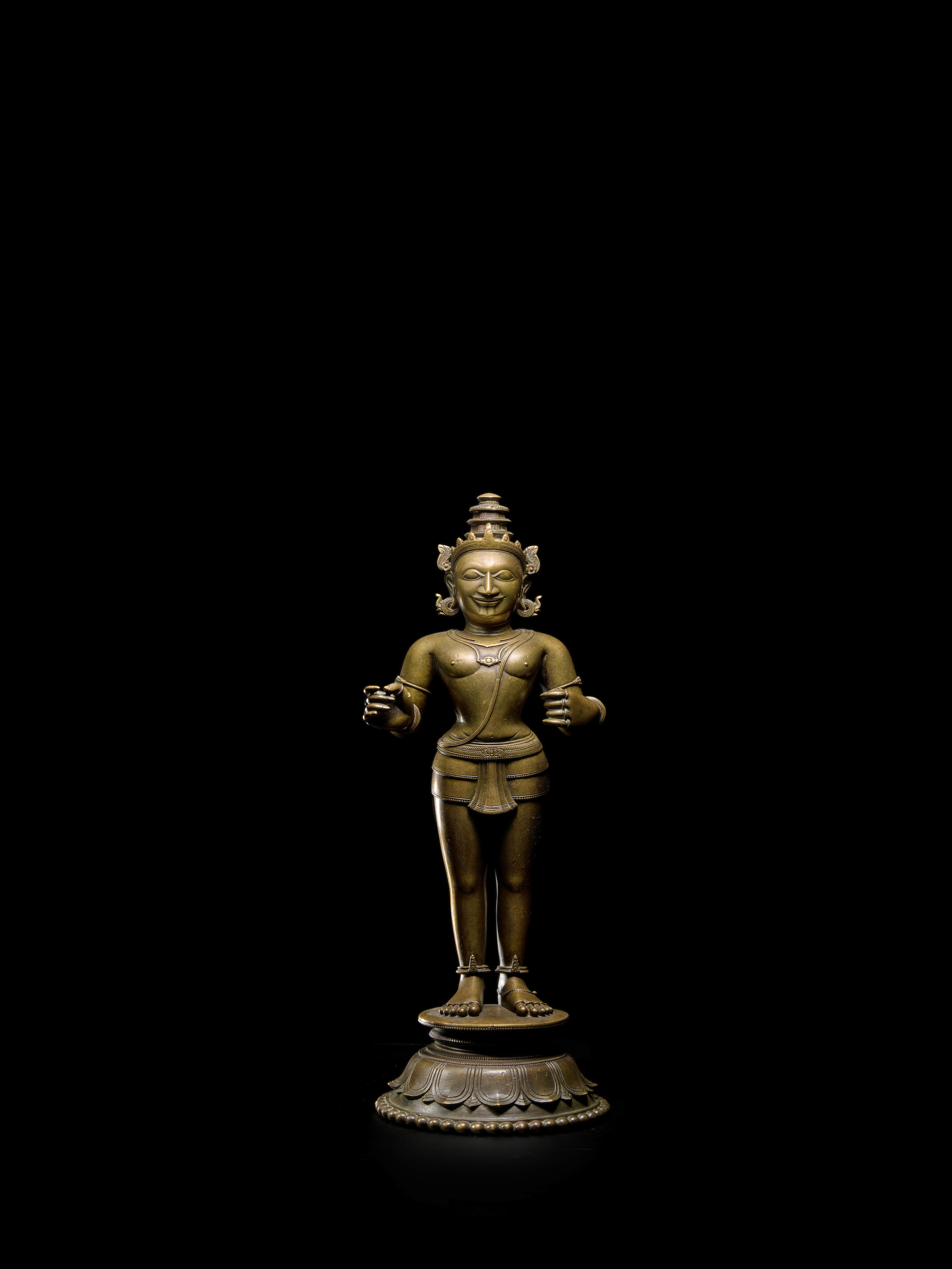


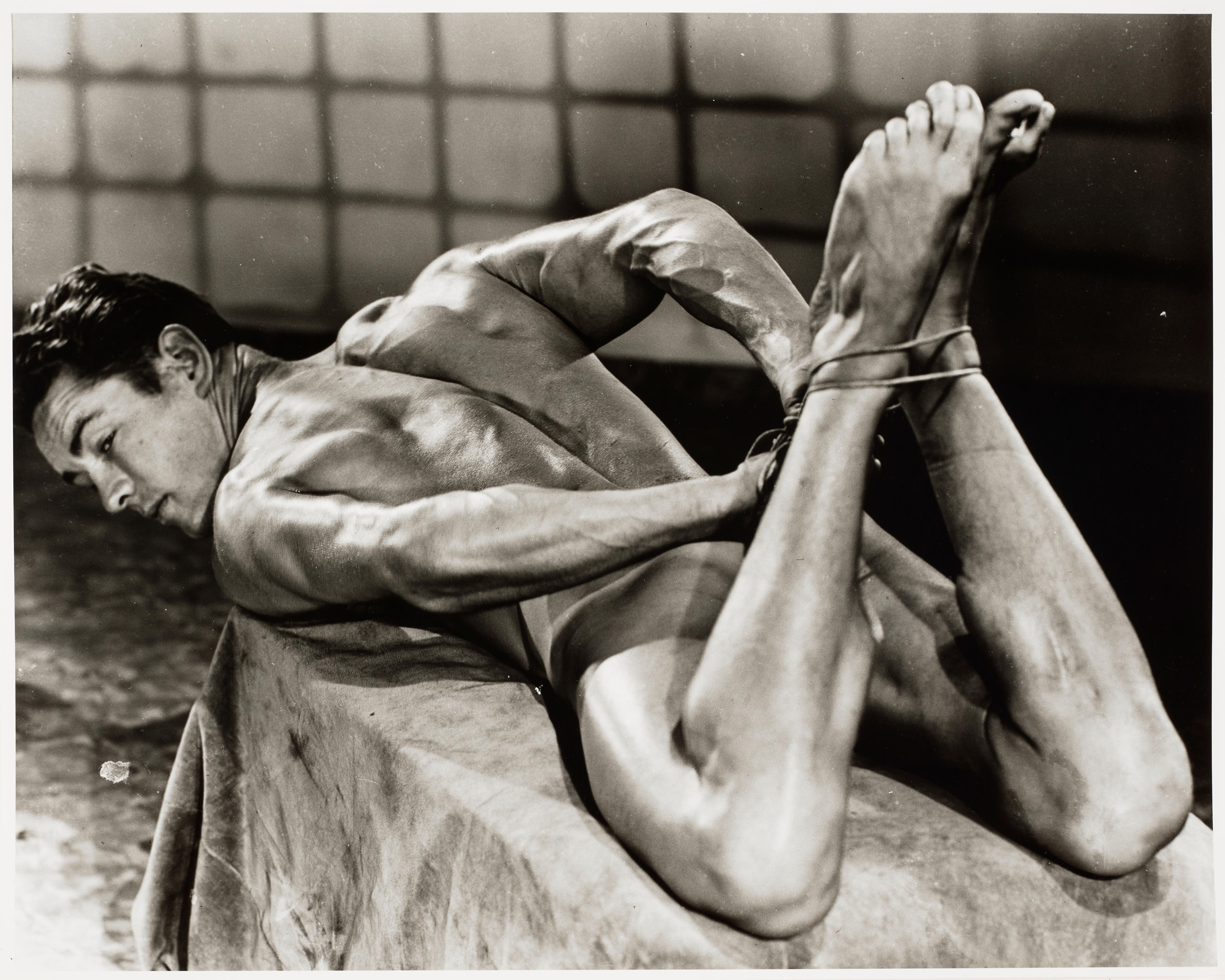

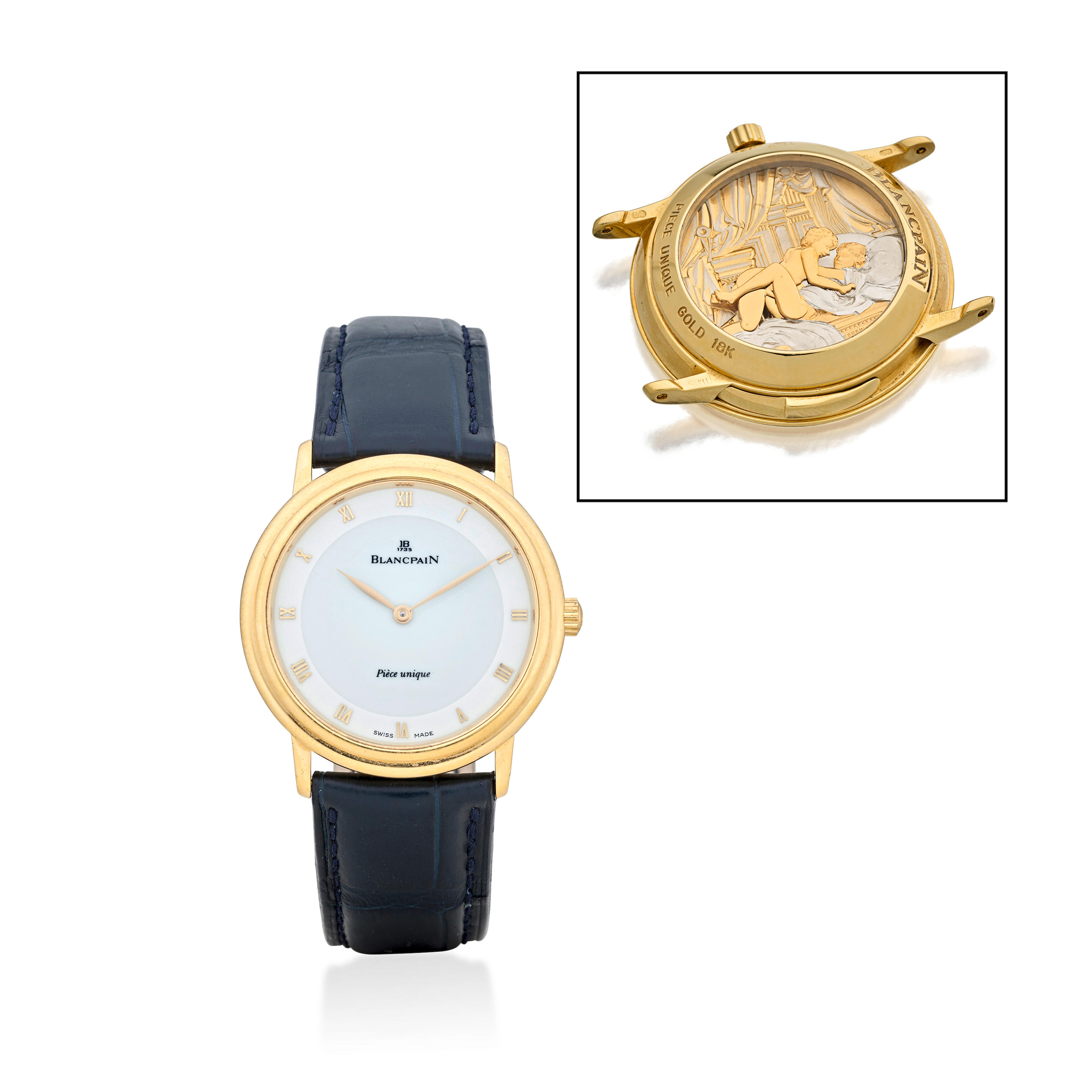

Testen Sie LotSearch und seine Premium-Features 7 Tage - ohne Kosten!
Lassen Sie sich automatisch über neue Objekte in kommenden Auktionen benachrichtigen.
Suchauftrag anlegen